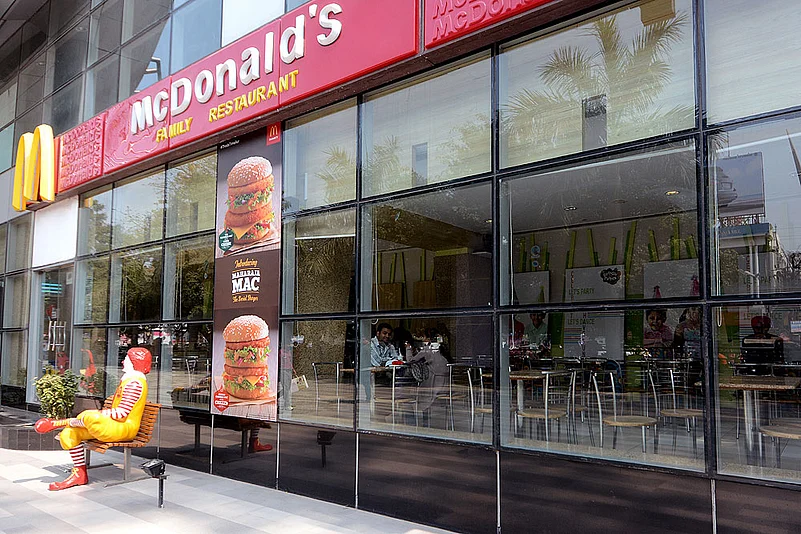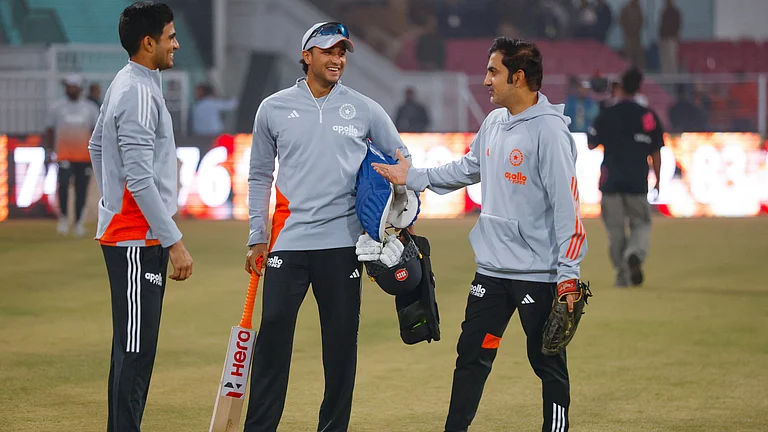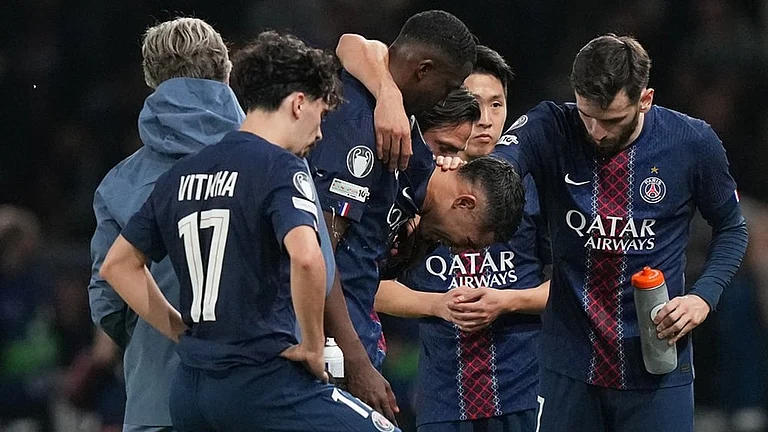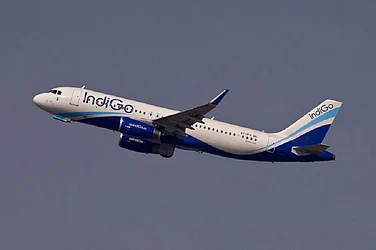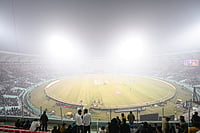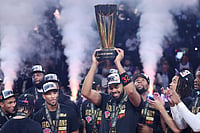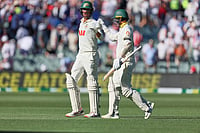McDonald’s Popularity Going Down
Thanks to newcomers like Dunkin, Burger King, Wendy’s and Carl’s Junior
- Preference for Indian food also affecting growth. $250 million private equity investment in Indian restaurants
- Slow expansion. McDonald’s has just 390 restaurants in India. Domino’s has 1015 pizza outlets.
- Litigation with North & East JV taking a toll on growth, expansion in the north
***
At Noida’s Sector 18, one of NCR’s busiest markets, the McDonald’s outlet is a picture of organised chaos. A crowd of disgruntled customers who had placed their orders an eternity back wait forlornly. At another counter, a customer is arguing with a sales girl about the way her Maharaja McBurger has been served. At a third counter, a group of children have been requesting for glasses of water—to no avail. A group of college students finally give up and walk out the door.
That vignette, unfortunately, mirrors the decline of McDonald’s in India. It seems the Indian public is not Lovin’ it anymore. In the last couple of years, McDonald’s no longer holds the numero UNO status among fast food restaurants in the country, with the company’s growth nosediving and expansion taking a major hit. Food giants like Domino’s and KFC have overtaken McDonald’s in recent years (see graphic). “It’s the first mover’s curse. McDonald’s brand equity was because of a lack of option with people. They had a monopoly,” says Harmindar Sahni of Wazir Advisors, who closely tracks the fast food category.
The decline is all the more stark for a company that revolutionised fast food in India with its low pricing policy and product range built for different age groups. At a time when Indian firms were struggling to find a product mix, McDonald’s with its inexpensive burgers caught the Indian fast food ecosystem by its bib. It set new standards by starting a home delivery service at no extra cost—it’s being copied by many companies till now. “The McDonald’s leadership may not be convinced about India or are not interested,” says Arvind Singhal, retail expert and chairman, Technopak.
Actually, everyone in the industry knows that much of McDonald’s India’s woes stem from its standoff with Vikram Bakshi, owner of Connaught Plaza Restaurants, with whom McDonald’s has a joint venture. The two partners are currently in litigation over the control over the north and east JV. Recently, Bakshi was unceremoniously removed as MD of the JV by McDonald’s, which Bakshi is contesting in court. During this period, the McDonald’s parent company, which normally controls the strategies and expansion and product innovations in its franchisees and joint ventures, has paid little attention to the development and expansion of the Indian joint venture.
The other company, which covers western and southern India, is a direct franchisee of McDonald’s and is controlled by Hardcastle Restaurants owned by Amit Jatia. McDonald’s India’s woes also come at a time when the parent company is not doing well internationally—sales actually deteriorated last year. In fact, sales were particularly bad, even negative, in the US in the last two years. In 2015, the company brought in a new CEO, Steve Easterbrook, who has executed a turnaround plan to revive numbers. Despite requests, McDonald’s did not respond to Outlook’s queries.
Apart from a flight of customers, a large part of its problems stems from the fact that the company is not gauging the pulse of consumers, who are now spoilt for choice. “McDonald’s has been extremely slow in product innovation. They have not come out with anything to excite customers in the last three-four years. Their affluent customers have now got a choice from other companies, while the mid- to low-end customers have reduced their spend because the economy has slowed down and all categories of food spending has gone down,” says Arvind Singhal.
Between its two companies, McDonald’s has just 390 restaurants in India—167 for the northern JV and 223 for the western franchisee. Of this, the north has seen almost no expansion in the last two years. This is much lower than some of its competitors like Domino’s, which has been on an expansion spree. According to Bakshi, the northern JV opened nine new restaurants in 2014 and just three in 2015. The western franchisee, on the other hand, opened 24 new restaurants in the last 12 months. “It is a pity that they are letting the company slip away,” Bakshi told Outlook.
At one level, it is evident that the problem stems from an erosion of McDonald’s monopoly in burgers, which has been their mainstay. During the same period, the market has not expanded and has been going through difficult times, with little growth across all categories. Says Ajay Kaul, CEO, Jubilant Foodworks that operates Domino’s Pizza, “The organised food service industry is going through a tough time in the last two-three years. While the market has not grown, it has seen the entry of new players like Dunkin, Burger King, Carl’s Junior and Wendy’s. About $250 million worth of private equity investment has gone into Indian restaurants.”
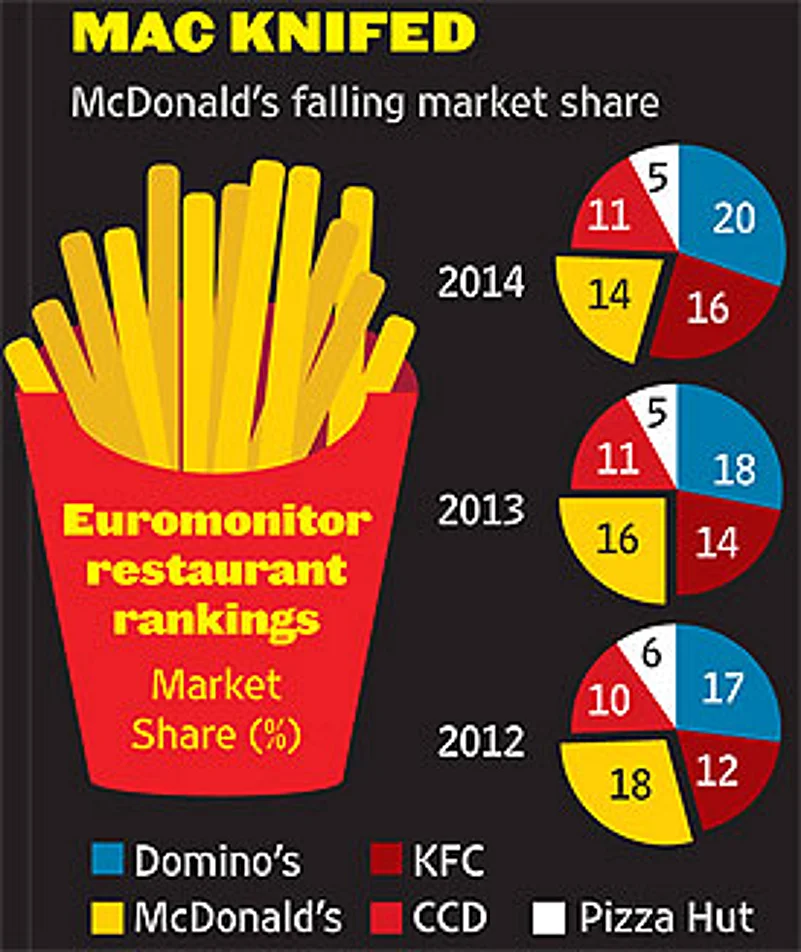
Thanks to high inflation, consumers have been cutting down on discretionary spending, which is directly affecting eating out and is showing in the poor growth numbers restaurants are registering, especially fast food joints. Seemingly bucking the trend, Domino’s recently opened its 1,000th outlet in India and has added 150 new stores in the last two years.
According to Jatia, in the July-September 2015 quarter, McDonald’s west & south saw just 1.7 per cent same-store growth, which rose marginally to 3.1 per cent in the lucrative festive quarter of October-December. While Jatia’s company saw a slender profit last year, the north & east JV reported negative results. Jatia, though, insists that his company has worked with the parent firm and introduced new products to suit the Indian palate. None of that seemed to have worked though, as the company saw a revenue growth of just 7.8 per cent year on year last year, while that for Bakshi’s company was 5.5 per cent, down from 29 per cent in 2010-11.
The numbers look ominous. In the last few months of 2015, the competition has intensified—even the local food scene has blossomed and matured. A large part of McDonald’s USP was its targeting of children. That too is slipping from its grasp, as the new kids on the block are wooing Indian children like never before. McDonald’s will really have to cook some magic in its cauldron to stay afloat in the fast churn in the Indian fast food market. It is fast becoming a quest for survival.






